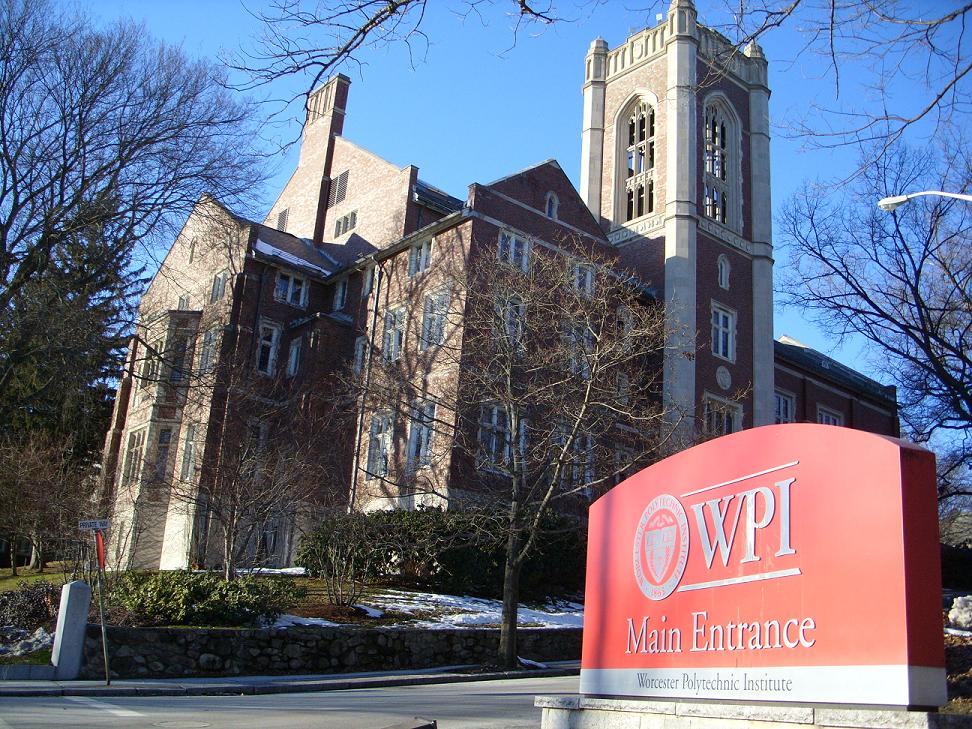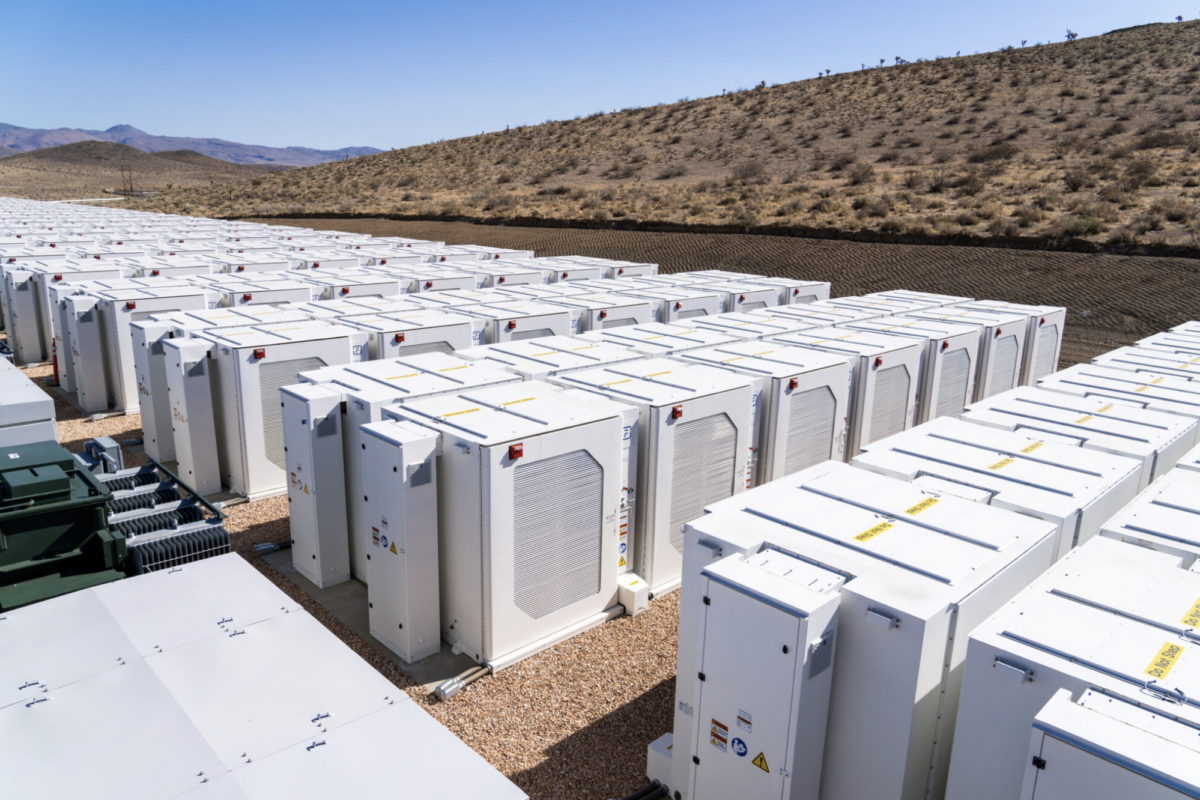Scientists are yet to settle on the optimal fabrication method for perovskite solar cells despite a variety of candidates.
Researchers from Nigeria’s African University of Science and Technology (AUST), working with staff from Worcester Polytechnic Institute in the U.S., have suggested another novel method. Inspired by previous work on other organic thin-film solar cell materials, the group investigated the effects of pressure on perovskite cell production by using computational analysis and practical experimentation. A previous study at Brown University, in Rhode Island, showed how the correct application of stress could heal cracks in perovskite solar cells but little information is available about how pressure could be applied to production processes.
The AUST-Worcester group fabricated 85 methylammonium lead iodide perovskite solar cells using spin coating and then applied 1-10 megapascals (MPa) of pressure to them. The results, published in the paper Pressure-Assisted Fabrication of Perovskite Solar Cells, showed the application of 0-7MPa served to increase cell conversion efficiency. Beyond 7MPa, efficiency fell again as the devices suffered damage.
Results
A starting cell efficiency of 9.84% rose to 13.67% under pressures of 0-7MPa and fell to 10.89% as the pressure was increased to 10MPa. The initial increases were attributed to improved surface contacts between the cell layers and increased density of materials. Beyond 7MPa, the perovskite grain began to fragment and the layers began to sink into each other.
“The implications … are significant for the design of pressure-assisted processes that can be used for the fabrication of perovskite solar cells,” said the AUST scientists. “The significant effects of pressure suggest that pressure-assisted processes such as lamination, cold welding and rolling/roll-to-roll processing can be used to fabricate perovskite solar cells with improved performance characteristics.”
The group concluded pressures beyond 7MPa should not be considered and advised the combined effects of interlayer contact, layer compacting, infiltration and potential layer damage all be considered in the development of pressure-assisted manufacturing processes.
This content is protected by copyright and may not be reused. If you want to cooperate with us and would like to reuse some of our content, please contact: editors@pv-magazine.com.




It’s especially welcome to hear of solid research from an African institution of higher learning. Well done AUST! And to Worcester for its part in setting up the partnership. Others please copy..